
– By Mauli Tiwari
– School of Military Affairs, Strategy and Logistics, RRU, Gujarat
The Regional Comprehensive Economic Partnership (RCEP) is a comprehensive free trade agreement being negotiated between the ten ASEAN member states and ASEAN’s free trade agreement (FTA) partners namely Australia, China, India, Japan, Korea and New Zealand. It was formed in the 2012. RCEP aims at (1) reducing tariff elimination of at least 92% on traded goods, (2) 65% of services sector will be full open, (3) simplified customs procedures, (4) environment, labor not part of the pact, (5) enhancement of online consumer, paper less trading areas.
Before June 13, 2013, the RCEP processwas being conducted under the ASEAN andFTA partners – Senior Economic Officials Meeting (SEOM) which has now been replaced with the RCEP trade negotiation committee (RCEP TNC) as the apex negotiating body.A day after the Regional Comprehensive Economic Partnership Agreement (signed on November 15,2020) was signed by 15 countries without India, External Affairs Minister S Jaishankar said that, “the impact of past pacts has been deindustrialization and the consequences of future ones would lock India into Global commitments many of them to India’s advantage”. He also said that those who stress on openness and efficiency do not present the full picture and that this was equally “a world of non-tariff to subsidies and state capitalism”.
RCEP was formed for free trade but PM Narendra Modi decided not to join RCEP, one should alsoconsider that India’s decision not to join RCEP was a situational decision. Many analysts hold the view that the present trade deficit with 11 RCEP member countries was a major concern for India not joining the agreement, which amounts to almost US$105 million. Another main concern was that RCEP will allow a flood of imported goods in the nation, therefore harming the local economy.
In 2018-19, India registered a huge trade deficit with 11 Regional Comprehensive Economic Partners including China, South Korea and Australia out of the grouping of 16 nations that are negotiating this mega trade pact since November 2012. The trade gap with Brunei, Japans and Malaysia has also increased to US$ 0.5 billion, US$ 7 billion and US$ 3.8 billion, respectively in the last facial (2018).
India’s trade deficit withAustralia, China, Indonesia, Korean, New Zealand, Korean, Thailand and New Zealand is similar. Interestingly, India’s trade surplus with Singapore ($ 2.7 billons) in 2017-18 has turned into deficit of US$ 5.3 billion in 2018-19, one of the major issuesis with respect to FTAs that India faces is the increase in trade deficit that have resulted post signing the FTA.
The logic used to justify India not to joining RCEP reminds us of the 1970s and 1980s, as also discussed by Sunjoy Joshi chairman of Observer Research Foundation. We should introspect why after nearly three decades of reforms we still find Indian economy to be underdeveloped and Indian agriculture, industry and market are not mature enough to compete in free market. India’s lack of confidence to compete in the global market is a sign of our weakness. The RCEP was poised as a befitting response to multilateralism. India’s trade deficit at US$69 billion with China and US$22 billion with ASEAN in 2019 made the country wary of expanding trade. Clearly, Indian manufacturing sector and exports have not done very well, and one wonders if India’s policy environment and business-investment culture can be held responsible for this.
Main hiccups:
India was seeking fulfillment of four pre-conditions prior to joining RCEP(1) keep diary, auto and certain textiles out of the pacts, (2) option to stop imports or race duties in case of sudden flooding of markets, (3) strict “origin of product” norms to curve and abuse of FTA (4) change in base tariff from 2014 to 2019. During negotiations,several issues were ironed out towards as preparing the mutual ground for trade and market access, however the concern around protecting the interest of India’s domestic procedures couldn’t be side lined. Market access issues, India feared that its domestic producers could be hard hit if the country was flooded with cheap Chinese goods, and thus textile, diary and agriculture were flagged as three vulnerable industries.
Even with an optimistic assumption of low tariff cuts in sensitive sectors such as agriculture anddairy products and other MSME’s sectors, it could still affect India’s import more than exports.Thus, Indian policy makers decided to stay out of RCEP.
China-US rivalry:
In 2012, Beijing pushed RCEP to counter another FTA called the trans–pacific partnership (TPP). The US-led TPP excluded China. However, in 2016 US President Donald Trump withdrew his country from the TPP and ever since, the RCEP has become a major tool for China to counter the US efforts to prevent trade with Beijing.
The rising trade deficit poses a serious issue for India as it implies a burden of payments that need to be made in foreign currency and reserves, failing which can lead to a balance of payment (BOP) crisis. India needs to look into reducing its deficit with various trade partners. As for now India’s export basket is on the lower stages of manufacturing. India must move up the value chain to ensure that tariff reductions have their impact for which they were intervened. In 2020, India was invited to join RCEP as an observer, but India refused. It must weigh economic gains and reassess its decision.
Assessment:
In my opinion, RPEC is an opportunity which must not be missed. The concerns are valid but they may be addressed. The current situation gives opportunities to review its existing FTAs and identify sector specific regions for investments. India must participate in global value chain and trade structure and play a leadership role in setting up rules that would define trade relations between nations. As India is preparing to renegotiate its FTAs with Japan and ASEAN, it should examine the reasons for its trade deficit and explore the measures that need to be taken to gain from future deals, rather than artificially insulating its economy from global and regional competition by staying out of trade blocs.
References
- “The Big Picture RCEP: India’s Stand”, Rajya Sabha TV debate, URL: https://youtu.be/H3w3pcmOrPo
- “Why India Refused to Join the World’s Biggest Trading Bloc”, Foreign Policy, URL: https://foreignpolicy.com/2020/11/23/why-india-refused-to-join-rcep-worlds-biggest-trading-bloc/
- “A Step Too Far: Why India Opted Out of RCEP”, Global Asia, URL: https://www.globalasia.org/v14no4/feature/a-step-too-far-why-india-opted-out-of-rcep_rajaram-panda
- “RCEP: Time to Act East, but India Missing in Action”, ORF Delhi, URL: https://www.youtube.com/watch?v=yXDBk8sqL3A
- “RCEP: Time to Act East, but India Missing in Action”, ORF Delhi, URL: https://www.youtube.com/watch?v=yXDBk8sqL3A
- “RCEP: Time to Act East, but India Missing in Action”, ORF Delhi, URL: https://www.youtube.com/watch?v=yXDBk8sqL3A
- “RCEP: India’s stance unchanged even as 15 others invite it as observer, keep door open”, Economic Times, URL:https://economictimes.indiatimes.com/news/economy/foreign-trade/rcep-indias-stance-unchanged-even-as-15-others-invite-it-as-observer-keep-door-open/articleshow/79236605.cms

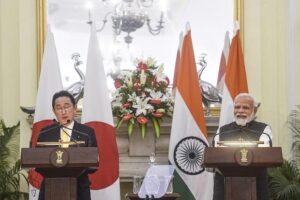

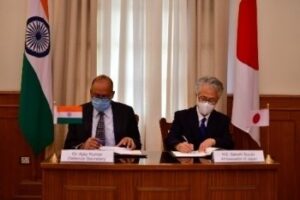
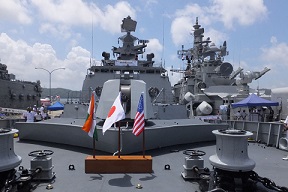
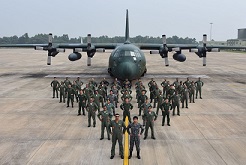


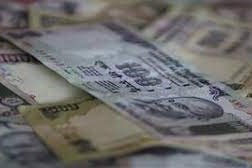
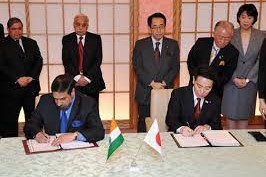

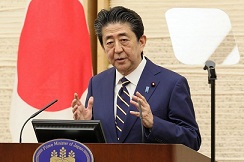
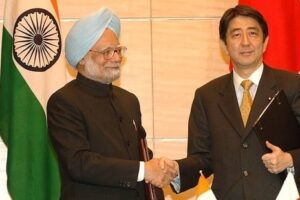
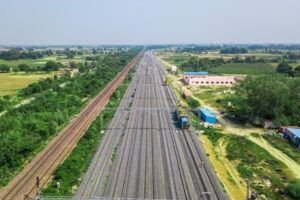
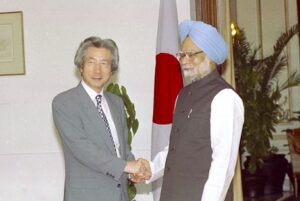
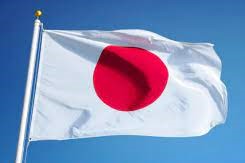
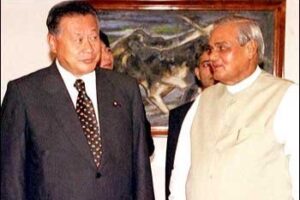
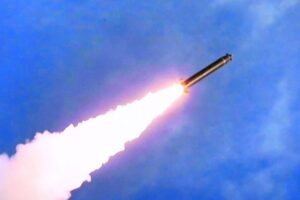
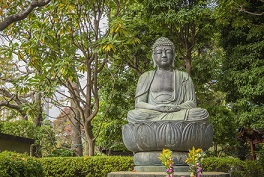



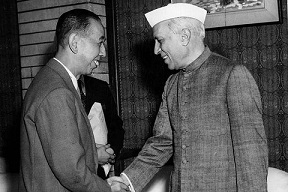



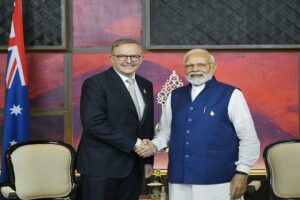



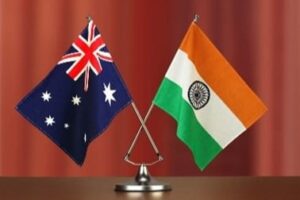
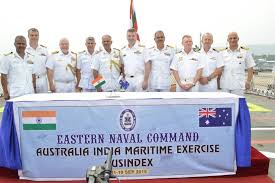

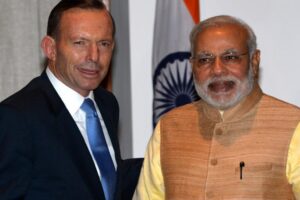





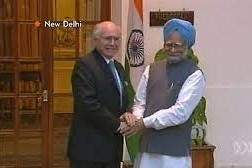
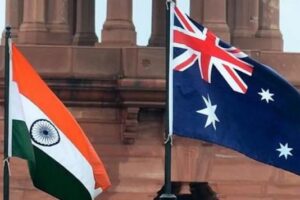
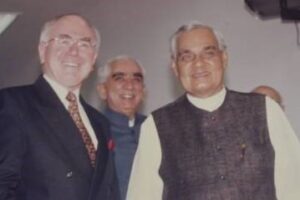

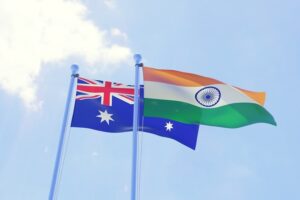

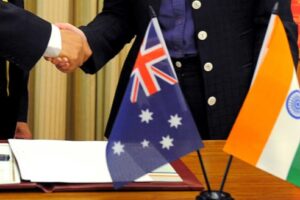

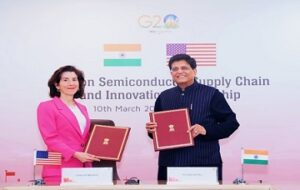
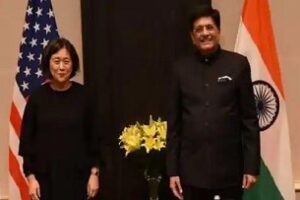
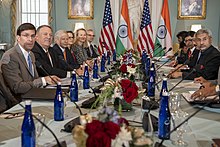
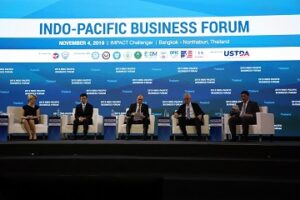
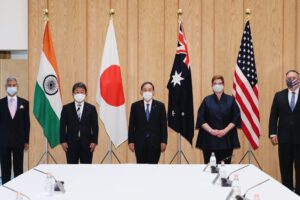

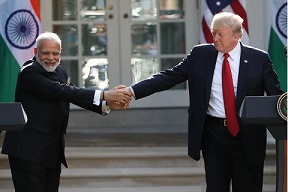
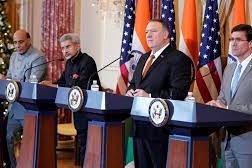
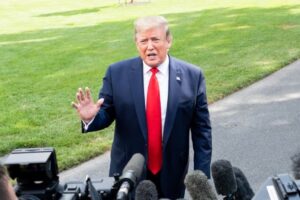
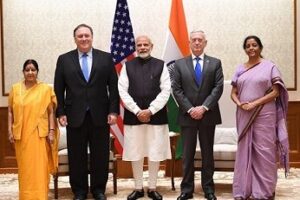
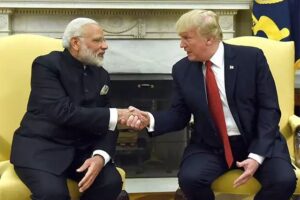
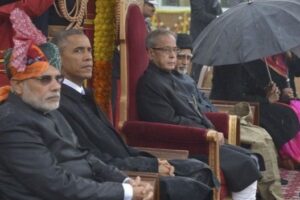

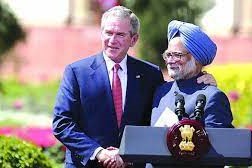
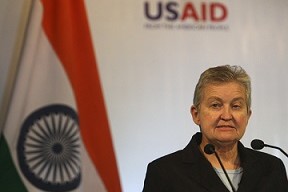
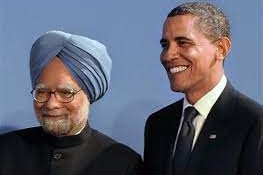
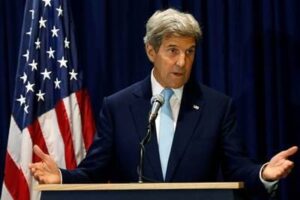

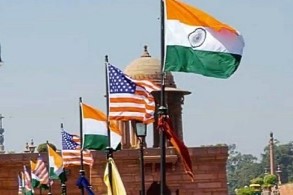
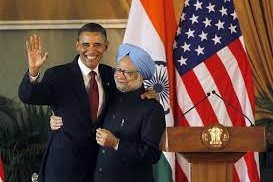
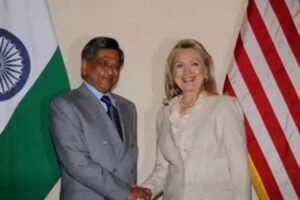
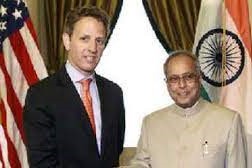
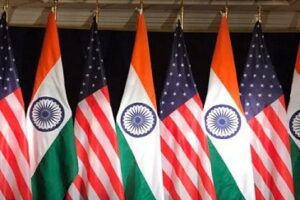
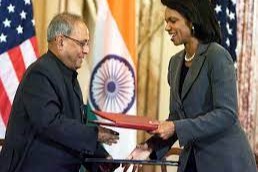

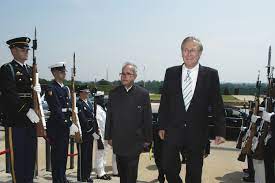


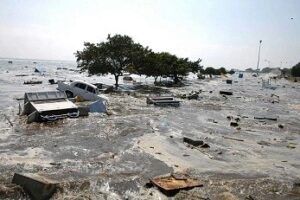
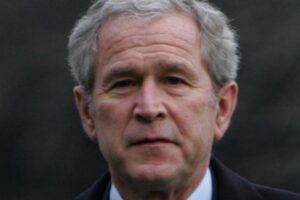
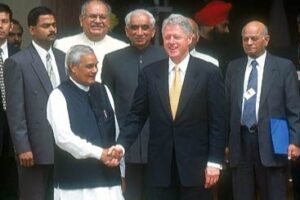
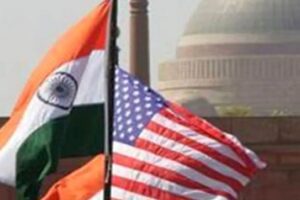
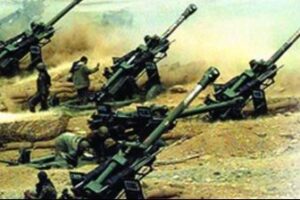
 onducted a total of five underground nuclear tests, breaking a 24-year self-imposed moratorium on nuclear testing. Pakistan followed, claiming 5 tests on May 28, 1998, and an additional test on May 30. The unannounced tests created a global storm of criticism, as well as a serious setback for decades of U.S. nuclear nonproliferation efforts in South Asia. On May 13, 1998, President Clinton imposed economic and military sanctions on India, mandated by Section 102 of the Arms Export Control Act (AECA), and applied the same sanctions to Pakistan on May 30. Some effects of the sanctions on India included: termination of $21 million in FY1998 economic development assistance; postponement of $1.7 billion in lending by the International Financial Institutions (IFI), as supported by the Group of Eight (G-8) leading industrial nations; prohibition on loans or credit from U.S. banks to the government of India; and termination of Foreign Military Sales under the Arms Export Control Act. Humanitarian assistance, food, or other agricultural commodities are excepted from sanctions under the law.
onducted a total of five underground nuclear tests, breaking a 24-year self-imposed moratorium on nuclear testing. Pakistan followed, claiming 5 tests on May 28, 1998, and an additional test on May 30. The unannounced tests created a global storm of criticism, as well as a serious setback for decades of U.S. nuclear nonproliferation efforts in South Asia. On May 13, 1998, President Clinton imposed economic and military sanctions on India, mandated by Section 102 of the Arms Export Control Act (AECA), and applied the same sanctions to Pakistan on May 30. Some effects of the sanctions on India included: termination of $21 million in FY1998 economic development assistance; postponement of $1.7 billion in lending by the International Financial Institutions (IFI), as supported by the Group of Eight (G-8) leading industrial nations; prohibition on loans or credit from U.S. banks to the government of India; and termination of Foreign Military Sales under the Arms Export Control Act. Humanitarian assistance, food, or other agricultural commodities are excepted from sanctions under the law. 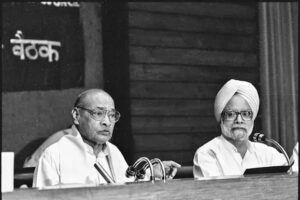
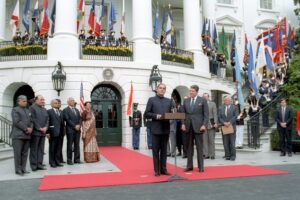

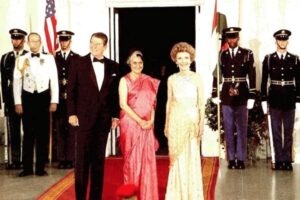

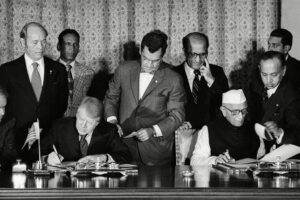
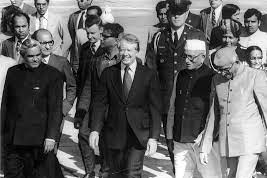

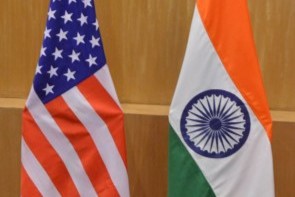

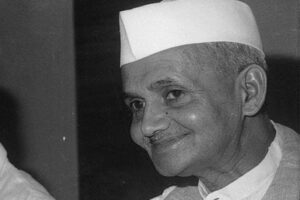

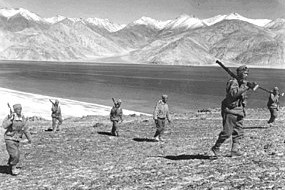
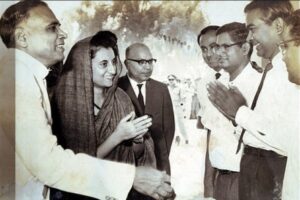
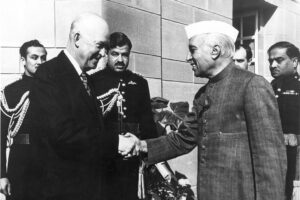

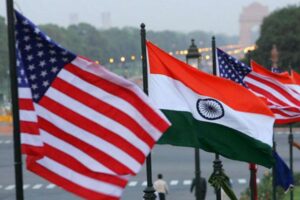
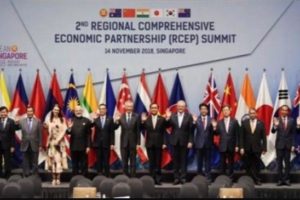 The first ministerial level meeting of QUAD was held on the sidelines of the United Nations General Assembly in New York. Before this, the QUAD had
The first ministerial level meeting of QUAD was held on the sidelines of the United Nations General Assembly in New York. Before this, the QUAD had AusIndEx is an exercise between India and Australia which was first held in 2015.The Australian
AusIndEx is an exercise between India and Australia which was first held in 2015.The Australian 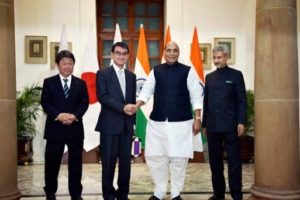



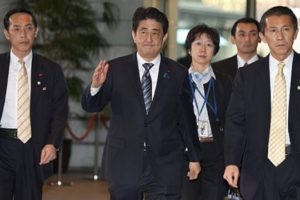

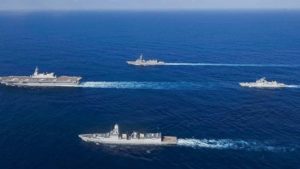

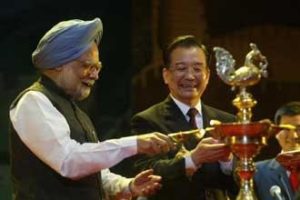 On recommendations of the Japanese government, the four countries met at Manila, Philippines for ASEAN Regional Forum (ARF) originally, but also ended up having a meeting of what we call the first meeting of four nation states on issues of
On recommendations of the Japanese government, the four countries met at Manila, Philippines for ASEAN Regional Forum (ARF) originally, but also ended up having a meeting of what we call the first meeting of four nation states on issues of 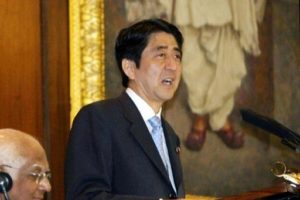 On his official visit to India, Japanese PM Mr. Shinzo Abe reinforced the ties of two nations, i.e., Japan and India with his famous speech about
On his official visit to India, Japanese PM Mr. Shinzo Abe reinforced the ties of two nations, i.e., Japan and India with his famous speech about  In 2007, Japanese President Shinzo Abe resigned from his post citing health reasons. This had a significant impact on QUAD as he was the architect & advocate of QUAD. His successor, Yasuo Fukuda, did not take up QUAD with such zeal leading to dormancy of the forum. (
In 2007, Japanese President Shinzo Abe resigned from his post citing health reasons. This had a significant impact on QUAD as he was the architect & advocate of QUAD. His successor, Yasuo Fukuda, did not take up QUAD with such zeal leading to dormancy of the forum. (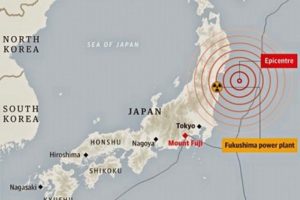 Japan earthquake and tsunami of 2011, also called Great Sendai Earthquake or Great Tōhoku Earthquake, was a 9.0 magnitude earthquake which struck below the floor of the Western Pacific at 2:49 PM. The powerful earthquake affected the northeastern coast of Honshu, Japan’s main island, and also initiated a series of large tsunami waves that devastated coastal areas of Japan, which also led to a major nuclear accident. Japan received aid from India, US, Australia as well as other countries. US Navy aircraft carrier was dispatched to the area and Australia sent search-and-rescue teams.
Japan earthquake and tsunami of 2011, also called Great Sendai Earthquake or Great Tōhoku Earthquake, was a 9.0 magnitude earthquake which struck below the floor of the Western Pacific at 2:49 PM. The powerful earthquake affected the northeastern coast of Honshu, Japan’s main island, and also initiated a series of large tsunami waves that devastated coastal areas of Japan, which also led to a major nuclear accident. Japan received aid from India, US, Australia as well as other countries. US Navy aircraft carrier was dispatched to the area and Australia sent search-and-rescue teams. 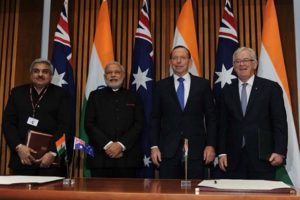 India and Australia signed the
India and Australia signed the  The India-Japan Agreement for Cooperation in the Peaceful Uses of Nuclear Energy was signed on 11 November, 2016 and came into force on 20 July, 2017 which was representative of strengthening ties between India and Japan. Diplomatic notes were exchanged between Dr. S. Jaishankar and H.E. Mr. Kenji Hiramatsu, Ambassador of Japan to India. (
The India-Japan Agreement for Cooperation in the Peaceful Uses of Nuclear Energy was signed on 11 November, 2016 and came into force on 20 July, 2017 which was representative of strengthening ties between India and Japan. Diplomatic notes were exchanged between Dr. S. Jaishankar and H.E. Mr. Kenji Hiramatsu, Ambassador of Japan to India. (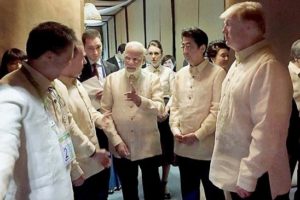 The foreign ministry
The foreign ministry The Officials of QUAD member countries met in Singapore on November 15, 2018 for consultation on regional & global issues of common interest. The main discussion revolved around connectivity, sustainable development, counter-terrorism, maritime and cyber security, with the view to promote peace, stability and prosperity in the
The Officials of QUAD member countries met in Singapore on November 15, 2018 for consultation on regional & global issues of common interest. The main discussion revolved around connectivity, sustainable development, counter-terrorism, maritime and cyber security, with the view to promote peace, stability and prosperity in the 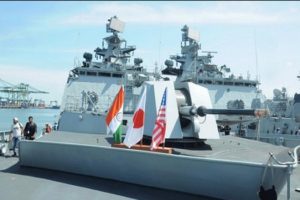 The 23rd edition of trilateral Malabar maritime exercise between India, US and Japan took place on 26 September- 04 October, 2019 off the coast of Japan.
The 23rd edition of trilateral Malabar maritime exercise between India, US and Japan took place on 26 September- 04 October, 2019 off the coast of Japan.  After the first ministerial level meeting of QUAD in September, 2019, the senior officials of US, Japan, India and Australia again met for consultations in Bangkok on the margins of the East Asia Summit. Statements were issued separately by the four countries. Indian Ministry of External Affairs said “In statements issued separately by the four countries, MEA said, “proceeding from the strategic guidance of their Ministers, who met in New York City on the sidelines of the UN General Assembly recently, the officials exchanged views on ongoing and additional practical cooperation in the areas of connectivity and infrastructure development, and security matters, including counterterrorism, cyber and maritime security, with a view to promoting peace, security, stability, prosperity in the Indo-Pacific region.”
After the first ministerial level meeting of QUAD in September, 2019, the senior officials of US, Japan, India and Australia again met for consultations in Bangkok on the margins of the East Asia Summit. Statements were issued separately by the four countries. Indian Ministry of External Affairs said “In statements issued separately by the four countries, MEA said, “proceeding from the strategic guidance of their Ministers, who met in New York City on the sidelines of the UN General Assembly recently, the officials exchanged views on ongoing and additional practical cooperation in the areas of connectivity and infrastructure development, and security matters, including counterterrorism, cyber and maritime security, with a view to promoting peace, security, stability, prosperity in the Indo-Pacific region.” US 2+2 Ministerial Dialogue was held on 18 December, 2019, in Washington DC. Secretary of State Michael R. Pompeo and Secretary of Defense Mark T. Esper will host Indian Minister of External Affairs Dr. S. Jaishankar and Minister of Defense Shri Rajnath Singh. The discussion focussed on deepening bilateral strategic and defense cooperation, exchanging perspectives on global developments, and our shared leadership in the Indo-Pacific region.The two democracies signed the Industrial Security Annex before the 2+2 Dialogue. Assessments of the situation in Afghanistan, Pakistan, Nepal, Sri Lanka, and the Indian Ocean region in general were shared between both countries. (
US 2+2 Ministerial Dialogue was held on 18 December, 2019, in Washington DC. Secretary of State Michael R. Pompeo and Secretary of Defense Mark T. Esper will host Indian Minister of External Affairs Dr. S. Jaishankar and Minister of Defense Shri Rajnath Singh. The discussion focussed on deepening bilateral strategic and defense cooperation, exchanging perspectives on global developments, and our shared leadership in the Indo-Pacific region.The two democracies signed the Industrial Security Annex before the 2+2 Dialogue. Assessments of the situation in Afghanistan, Pakistan, Nepal, Sri Lanka, and the Indian Ocean region in general were shared between both countries. (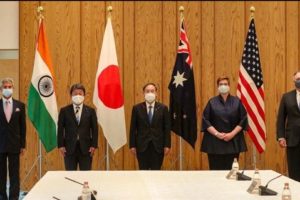 The foreign ministers of QUAD continued their discussions from the last ministerial level meeting in 2019, on 6 October, 2020. While there was no joint statement released, all countries issued individual readouts. As per the issue readout by India, the discussion called for a coordinated response to the challenges including financial problems emanating from the pandemic, best practices to combat Covid-19, increasing the resilience of supply chains, and enhancing access to affordable vaccines, medicines and medical equipment. There was also a focus on maintaining stability in the Indo-Pacific region amidst growing tensions. Australian media release mentions “We emphasised that, especially during a pandemic, it was vital that states work to ease tensions and avoid exacerbating long-standing disputes, work to counter disinformation, and refrain from malicious cyberspace activity. Ministers reiterated that states cannot assert maritime claims that are inconsistent with international law, particularly the United Nations Convention on the Law of the Sea (UNCLOS).”
The foreign ministers of QUAD continued their discussions from the last ministerial level meeting in 2019, on 6 October, 2020. While there was no joint statement released, all countries issued individual readouts. As per the issue readout by India, the discussion called for a coordinated response to the challenges including financial problems emanating from the pandemic, best practices to combat Covid-19, increasing the resilience of supply chains, and enhancing access to affordable vaccines, medicines and medical equipment. There was also a focus on maintaining stability in the Indo-Pacific region amidst growing tensions. Australian media release mentions “We emphasised that, especially during a pandemic, it was vital that states work to ease tensions and avoid exacerbating long-standing disputes, work to counter disinformation, and refrain from malicious cyberspace activity. Ministers reiterated that states cannot assert maritime claims that are inconsistent with international law, particularly the United Nations Convention on the Law of the Sea (UNCLOS).”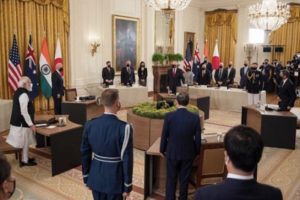 On September 24, President Biden hosted Prime Minister Scott Morrison of Australia, Prime Minister Narendra Modi of India, and Prime Minister Yoshihide Suga of Japan at the White House for the first-ever in-person Leaders’ Summit of the QUAD. The leaders released a Joint Statement which summarised their dialogue and future course of action. The regional security of the Indo-Pacific and strong confidence in the ASEAN remained on the focus along with response to the Pandemic.
On September 24, President Biden hosted Prime Minister Scott Morrison of Australia, Prime Minister Narendra Modi of India, and Prime Minister Yoshihide Suga of Japan at the White House for the first-ever in-person Leaders’ Summit of the QUAD. The leaders released a Joint Statement which summarised their dialogue and future course of action. The regional security of the Indo-Pacific and strong confidence in the ASEAN remained on the focus along with response to the Pandemic. 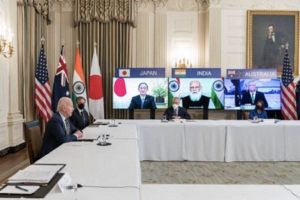 The QUAD Vaccine Partnership was announced at the first QUAD Summit on 12 March 2021 where QUAD countries agreed to deliver 1.2 billion vaccine doses globally. The aim was to expand and finance vaccine manufacturing and equipping the Indo-Pacific to build resilience against Covid-19. The launch of a senior-level QUAD Vaccine Experts Group, comprised of top scientists and officials from all QUAD member governments was also spearheaded.
The QUAD Vaccine Partnership was announced at the first QUAD Summit on 12 March 2021 where QUAD countries agreed to deliver 1.2 billion vaccine doses globally. The aim was to expand and finance vaccine manufacturing and equipping the Indo-Pacific to build resilience against Covid-19. The launch of a senior-level QUAD Vaccine Experts Group, comprised of top scientists and officials from all QUAD member governments was also spearheaded.  Although the Tsunami Core group had to be disbanded on fulfilment of its purpose, however the quadrilateral template that formed remained intact as a successful scaffolding of four countries, as stated by authors Patrick Gerard Buchan and Benjamin Rimland in their diplomatic brief about QUAD ( you can access the brief at
Although the Tsunami Core group had to be disbanded on fulfilment of its purpose, however the quadrilateral template that formed remained intact as a successful scaffolding of four countries, as stated by authors Patrick Gerard Buchan and Benjamin Rimland in their diplomatic brief about QUAD ( you can access the brief at 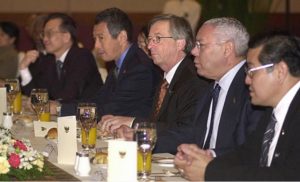 Secretary of State Colin Powell stated that the Core Tsunami Group was to be disbanded and folded and clubbed with the broader United Nations led Relief Operations. In a Tsunami Relief Conference in Jakarta, Secretary Powell stated that
Secretary of State Colin Powell stated that the Core Tsunami Group was to be disbanded and folded and clubbed with the broader United Nations led Relief Operations. In a Tsunami Relief Conference in Jakarta, Secretary Powell stated that 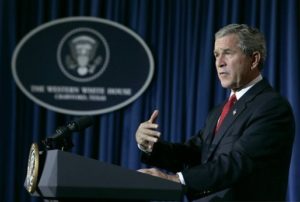 Soon after the Earthquake and Tsunami crisis, humanitarian reliefs by countries, viz., US, India, Japan, and Australia started to help the 13 havoc-stricken countries. The US initially promised $ 35 Millions in aid. However, on 29
Soon after the Earthquake and Tsunami crisis, humanitarian reliefs by countries, viz., US, India, Japan, and Australia started to help the 13 havoc-stricken countries. The US initially promised $ 35 Millions in aid. However, on 29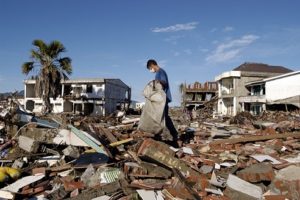 At 7:59AM local time, an earthquake of 9.1 magnitude (undersea) hit the coast of Sumatra, an Indonesian island. As a result of the same, massive waves of Tsunami triggered by the earthquake wreaked havoc for 7 hours across the Indian Ocean and to the coastal areas as far away as East Africa. The infamous Tsunami killed around 225,000 people, with people reporting the height of waves to be as high as 9 metres, i.e., 30 feet. Indonesia, Srilanka, India, Maldives, Thailand sustained horrendously massive damage, with the death toll exceeding 200,000 in Northern Sumatra’s Ache province alone. A great many people, i.e., around tens of thousands were found dead or missing in Srilanka and India, mostly from Andaman and Nicobar Islands of Indian territory. Maldives, being a low-lying country, also reported casualties in hundreds and more, with several non-Asian tourists reported dead or missing who were vacationing. Lack of food, water, medicines burgeoned the numbers of casualties, with the relief workers finding it difficult to reach the remotest areas where roads were destroyed or civil war raged. Long-term environmental damage ensued too, as both natural and man-made resources got demolished and diminished.
At 7:59AM local time, an earthquake of 9.1 magnitude (undersea) hit the coast of Sumatra, an Indonesian island. As a result of the same, massive waves of Tsunami triggered by the earthquake wreaked havoc for 7 hours across the Indian Ocean and to the coastal areas as far away as East Africa. The infamous Tsunami killed around 225,000 people, with people reporting the height of waves to be as high as 9 metres, i.e., 30 feet. Indonesia, Srilanka, India, Maldives, Thailand sustained horrendously massive damage, with the death toll exceeding 200,000 in Northern Sumatra’s Ache province alone. A great many people, i.e., around tens of thousands were found dead or missing in Srilanka and India, mostly from Andaman and Nicobar Islands of Indian territory. Maldives, being a low-lying country, also reported casualties in hundreds and more, with several non-Asian tourists reported dead or missing who were vacationing. Lack of food, water, medicines burgeoned the numbers of casualties, with the relief workers finding it difficult to reach the remotest areas where roads were destroyed or civil war raged. Long-term environmental damage ensued too, as both natural and man-made resources got demolished and diminished.
No responses yet